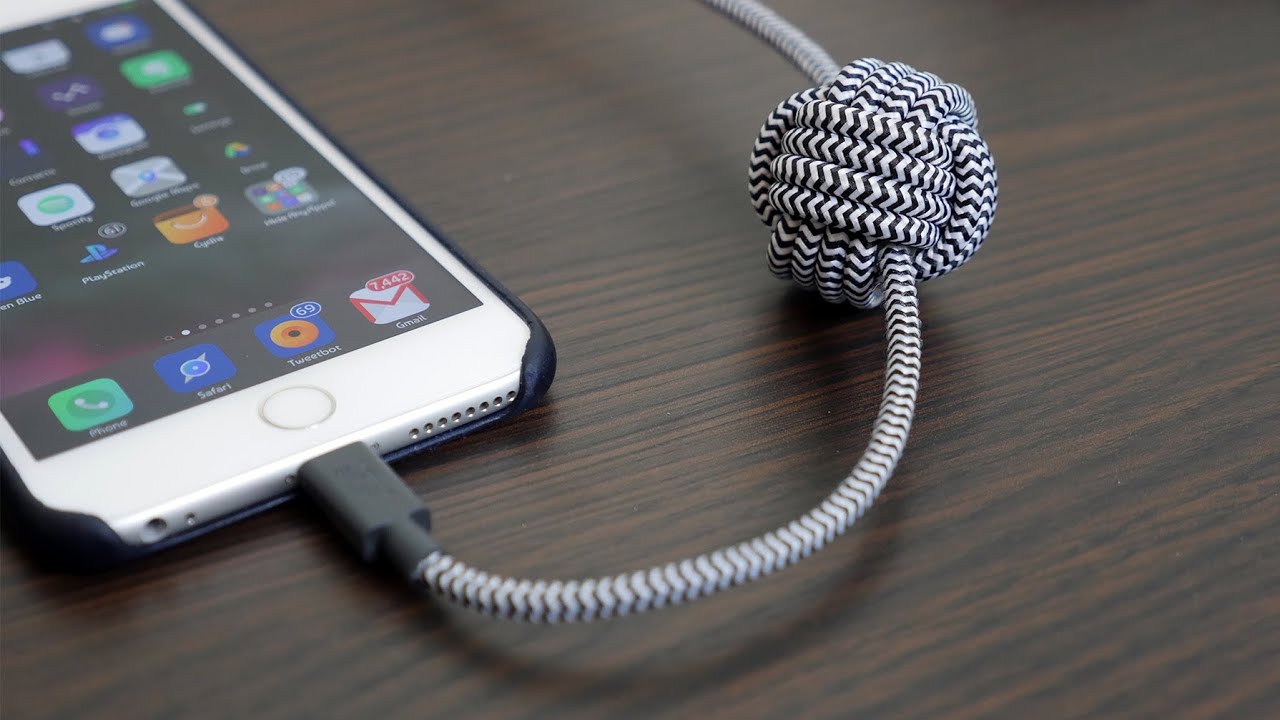Many things can go wrong with an iPhone, and the charger port is one of them. But the truth is that some charger port problems are easy to spot, while others need a professional iPhone repair shop to run a series of tests. Charger port problems can happen from faulty hardware inside the device to careless use and day-to-day tasks. Here are the most common issues with the iPhone charger port and what causes them.
iPhone Charging Port Problems & Solutions
Corrosion
There is a lot of corrosion in the charger port of iPhones. Corrosion usually happens when water and air are around. It means that an object made of metal needs water and air before it can rust.
When corrosion starts, it happens around the metal and first weakens the exposed part. Corrosion happens slowly and quietly. Therefore, it can be hard to tell if an iPhone is corroding.
Some of the known reasons why an iPhone might rust are:
- Sweat builds up, either in the pocket or while working out.
- Careless use of water or things made of water near the phone.
- You can collect water when you go to the beach, ski, or other wet places.
- Putting the phone in your mouth or using wet hands to hold it for a short time.
Dust, Dirt, and Debris
Dust is everywhere. We see it as we go about our daily lives, whether we are at the office or driving in the car. Dust particles can travel through the air. So, they can get on our phones no matter where we put them.
No matter where they come from, dust, dirt, or other small debris can get into the phone through its small ports. If they get stuck in the charger port hole of an iPhone, they can do a lot of damage, like making it hard to connect to the internet.
Things that can make dust, dirt, and other things get into an iPhone’s charging port.
- Working on construction sites, in workshops, or factories
- Outdoor things to do, like sports or camping
- Being busy in the garage
- Cleaning up around the house
Broken Charging Port
One of the more complicated iPhone charger port problems is a broken port. A charger port can break with outside force only. A broken port is hard to fix because it takes professional engineers to open up the phone for a new port. For the port to work well, it needs to be replaced. Other charger port problems, on the other hand, can be fixed by cleaning the port or using some tools.
Some of the things that can break an iPhone charger port are:
- Taking care of the charger port
- Using a power cord that doesn’t fit
- Using a power or data cord that is bent
- Putting sharp things into the ports for charging
- Using the port’s cleaning tools in the wrong way
Metal-Connector, Bent
A bent metal stripe causes many problems with an iPhone charger port. The metal in the port tends to bend easily every time a charger or data cord is plugged in. The metals of the port are attached to the motherboard, which makes the port work.
So, no matter when you buy your iPhone, it will show signs of damage when the connection gets weaker. A slow charging process is an example of this.
Some of the most prevalent reasons that cause a connector to bend are:
- The way it was put in place
- Charging randomly multiple times
- A rough use
- Putting tools and objects in the wrong place
- Using a charger cable that is too big or not compatible
Using A Charger or Data Cable That Is Not Compatible
Only how they look is different between the two port issues. In contrast to the bent metal connector, a slag charger port separates from the root or the motherboard. It breaks the link between the source and the receiver completely.
To Sum up
Everyday activities can cause dust, water, or condensation in the port, so always keep your iPhone in a safe, dry place. Don’t leave your phone in a dusty or dirty place.
Be careful with how you use your phone, too. If you need to plug in the charger, do it gently and ensure it fits right—don’t force it in.



